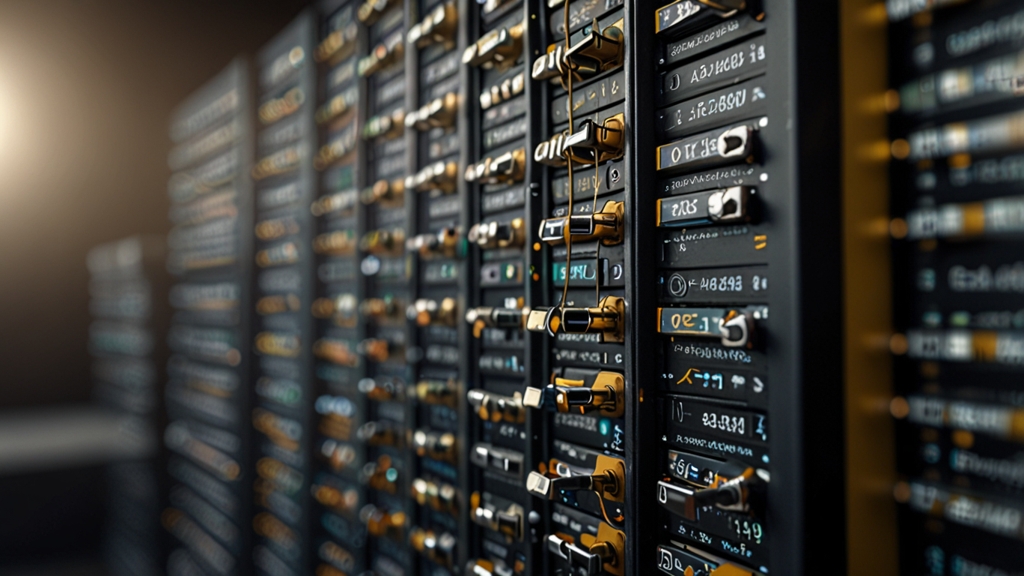Introduction
The field of web development has traditionally been male-dominated. However, the narrative is gradually changing as more women and non-binary people enter and excel in this space. This article explores the importance of gender diversity in web development, the challenges faced by underrepresented groups, and the initiatives that are helping to pave the way for a more inclusive environment.
The Importance of Gender Diversity
Gender diversity in web development is crucial not only for ethical reasons but also for enhancing creativity, productivity, and overall project success. Diverse teams bring varied perspectives, which can lead to more innovative solutions and a richer user experience.
"A diverse landscape of ideas fosters innovation and leads to successful problem-solving."
Studies have shown that companies with diverse teams perform better financially and are more likely to capture new markets. Thus, promoting gender diversity is not just a moral imperative but a business one as well.
Challenges Faced by Underrepresented Groups
Despite progress, several barriers still hinder the participation of women and non-binary individuals in web development. These challenges include but are not limited to:
- Stereotypes and Bias: Persistent stereotypes about 'men being better at tech' contribute to a biased hiring process and work environment.
- Lack of Role Models: Fewer women and non-binary people in leadership roles make it harder for newcomers to find mentors and role models.
- Workplace Culture: A lack of inclusivity and sometimes overtly hostile work cultures can deter talented individuals from entering or staying in the field.
Initiatives Driving Change
To counter these challenges, numerous initiatives have sprung up to encourage gender diversity in web development. These include:
- Educational Programs: Organizations like Girls Who Code and Code.org are working to bridge the gender gap by offering coding programs specifically geared towards women and non-binary individuals.
- Mentorship and Networking: Platforms like Women Who Code and Tech Ladies provide mentoring and networking opportunities to help individuals advance their careers.
- Diversity and Inclusion Policies: Many companies are adopting diversity and inclusion policies, offering unconscious bias training and setting diversity hiring goals.
"These initiatives are not just bridging the gap; they are transforming the tech industry into a more inclusive space."
Success Stories
There are numerous success stories of women and non-binary individuals making significant impacts in web development. For example, Tracy Chou, a software engineer, and advocate for diversity in tech, has made substantial contributions and paved the way for others.
Furthermore, companies that prioritize diversity, such as Salesforce and Pinterest, have reported increased innovation and employee satisfaction, proving that diversity is beneficial for business.
Conclusion
Challenging the norms and fostering gender diversity in web development is a collective responsibility that requires efforts from individuals, educational institutions, and corporate entities. By breaking down barriers and promoting inclusivity, we not only make the field of web development richer and more innovative but also provide equal opportunities for all genders to thrive and contribute their unique talents and perspectives.
The journey towards gender diversity in web development is ongoing, but with sustained effort and commitment, a more inclusive future is within reach.
"The future of web development is diverse, inclusive, and tremendously promising."











